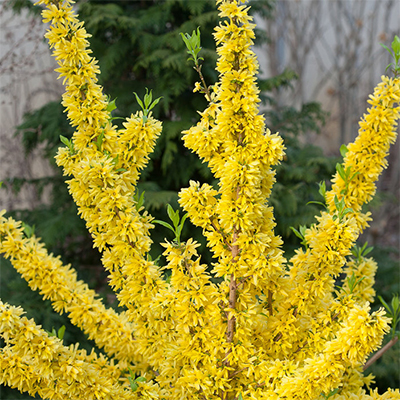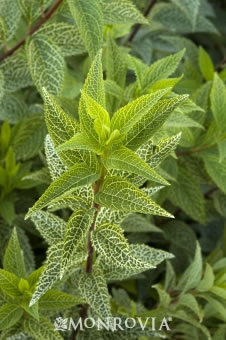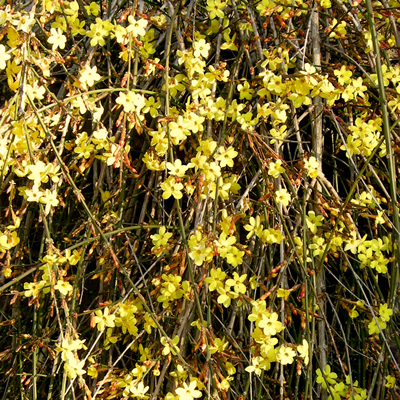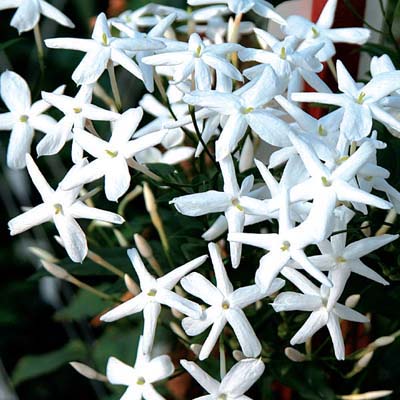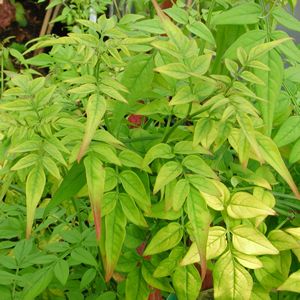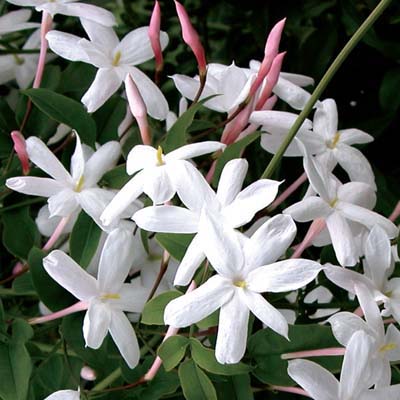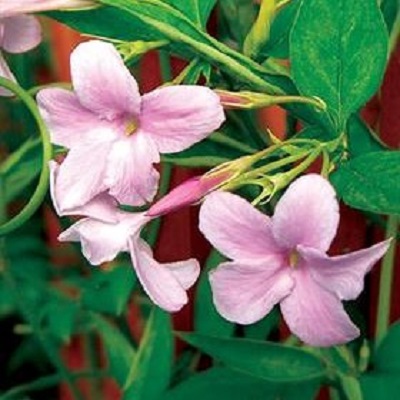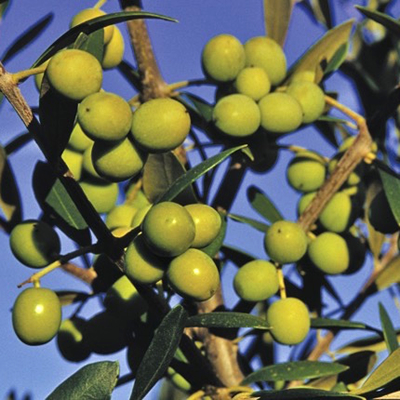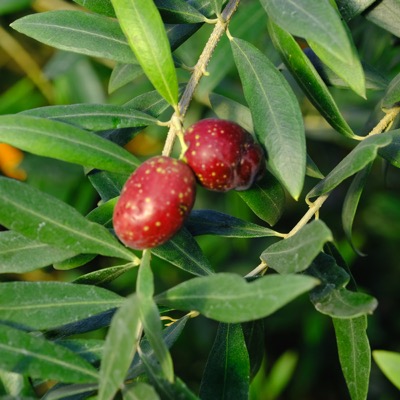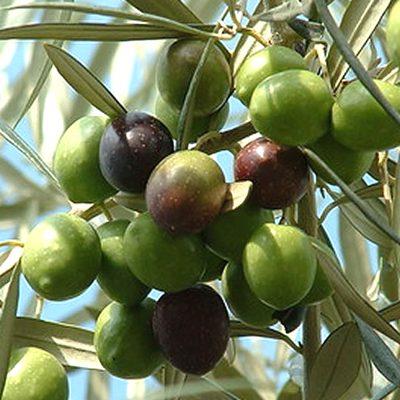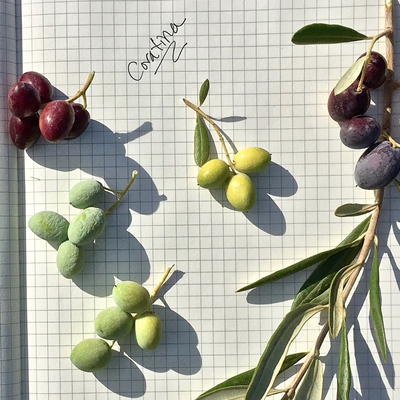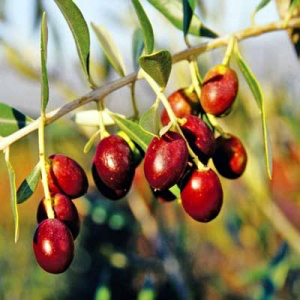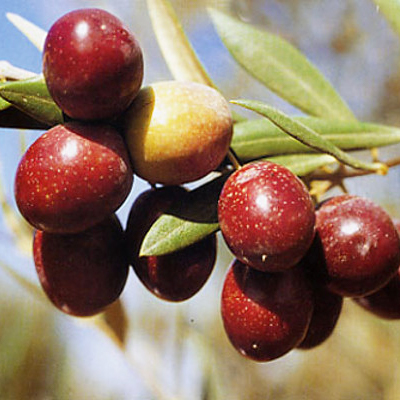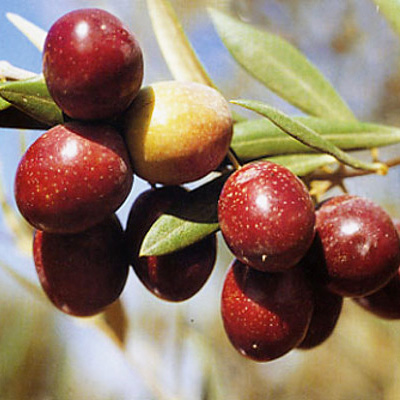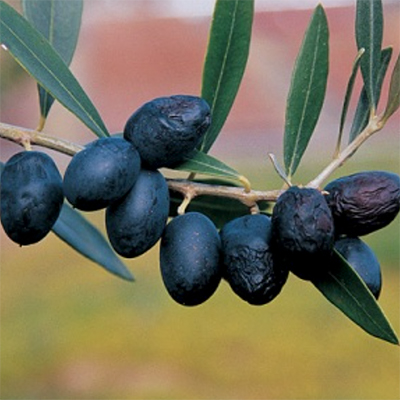Plant Search » Oleaceae (The Olive Family)
Chionanthus virginicus, known as the fringe tree, is a unique shrub or small tree with unique fragrant white flowers.
Forsythia intermedia 'Show Off' is an early spring flowering deciduous shrub with masses of fragrant yellow flowers.
Winter jasmine, Jasminum nudiflorum, is a trailing, vine-like shrub with masses of bright yellow flowers in late winter.
Jasminum officinale, the summer jasmine, has delicate compound leaves and fragrant, white flowers from pink buds in summer.
Jasminum officinale ‘Fiona Sunrise’ bright gold compound leaves and fragrant white flowers.
Pink or Chinese jasmine, Jasminum polyanthum, is also known as the florist's jasmine and has wonderful fragrance.
Jasminum x stephanense has clusters of fragrant pink flowers in early summer.
Olea europaea 'Arbequina' is a popular Spanish olive variety that offers delicious fruit and oil.
Olea europaea 'Arbosana' makes for an excellent table olive or a rich, fruity, delectable oil with a lovely mild flavour.
Olea europaea Black Pearl produces abundant crops of flavourful, early-ripening fruit that will turn jet black on the tree.
Olea europaea Bountiful has very good cold hardiness in zone 8 and produces abundant crops of flavourful, early-ripening fruit.
Olea 'Chemlali' is a popular Tunisian olive that offers delicious fruit and oil. It is cold tolerant and self-fertile.
Olea europaea 'Coratina' is an Italian olive considered a rustic varietal with moderate vigor and a dense canopy. Use for fruit or oil.
Olea europaea 'Frantoio' along with 'Leccino' are the two principal olive cultivars of Tuscany.
Olea europaea Harvest Joy produces abundant crops of large, flavourful fruit for table olives or olive oil.
Olea europaea 'Koroneiki' is from the Peloponnese area of Greece and produces small olives that yield exceptional oil.
Olea europaea 'Leccino' is thought to be the hardiest of all olives.
Olea europaea 'Manzanillo' is a the most important Spanish olive. It originated near Seville.
Olea europaea 'Manzanillo' is a the most important Spanish olive. It originated near Seville.
Olea europaea 'Maurino' is an excellent Tuscan olive oil cultivar that produces a delicate and aromatic oil.
Olea europaea Midnight offers excellent cold hardiness likely to zone 7 with fruit that ages to jet black.
Olea europaea 'Mission' is a distinctive Californian cultivar developed in the 1780s by Franciscan monks .
Olea europaea Nikita Jubilee is hardy to zone 7 and produces abundant crops of very large, flavourful, early-ripening fruit.

